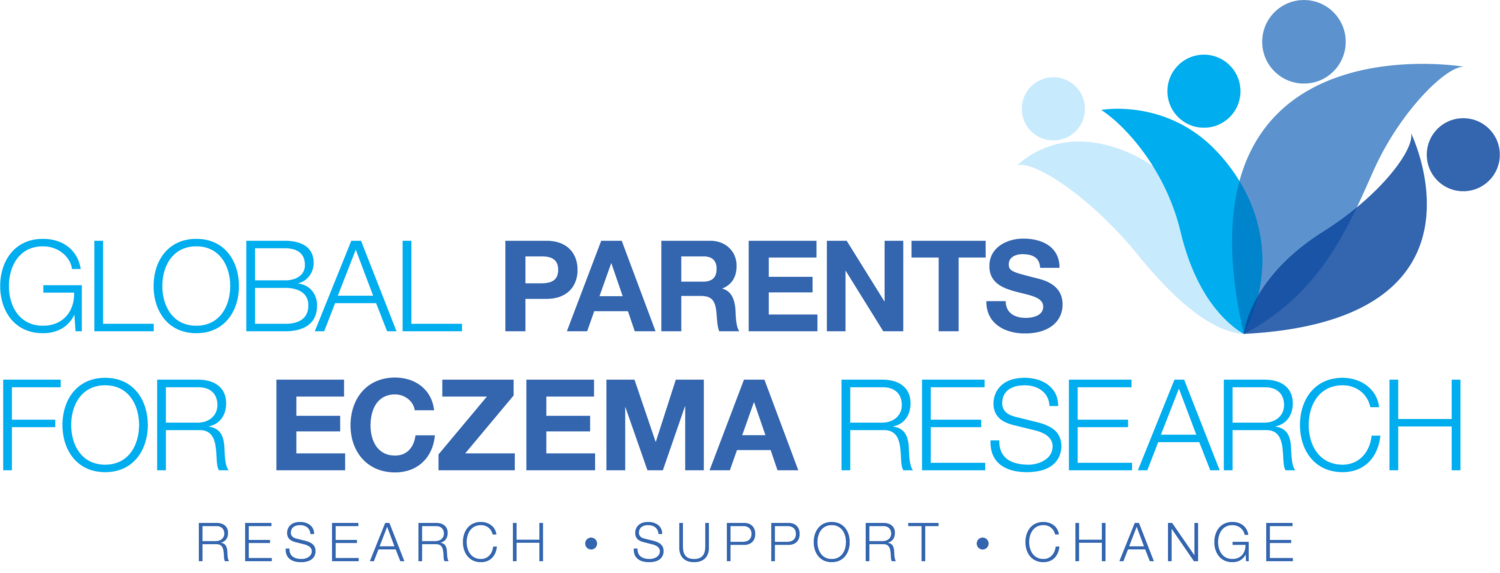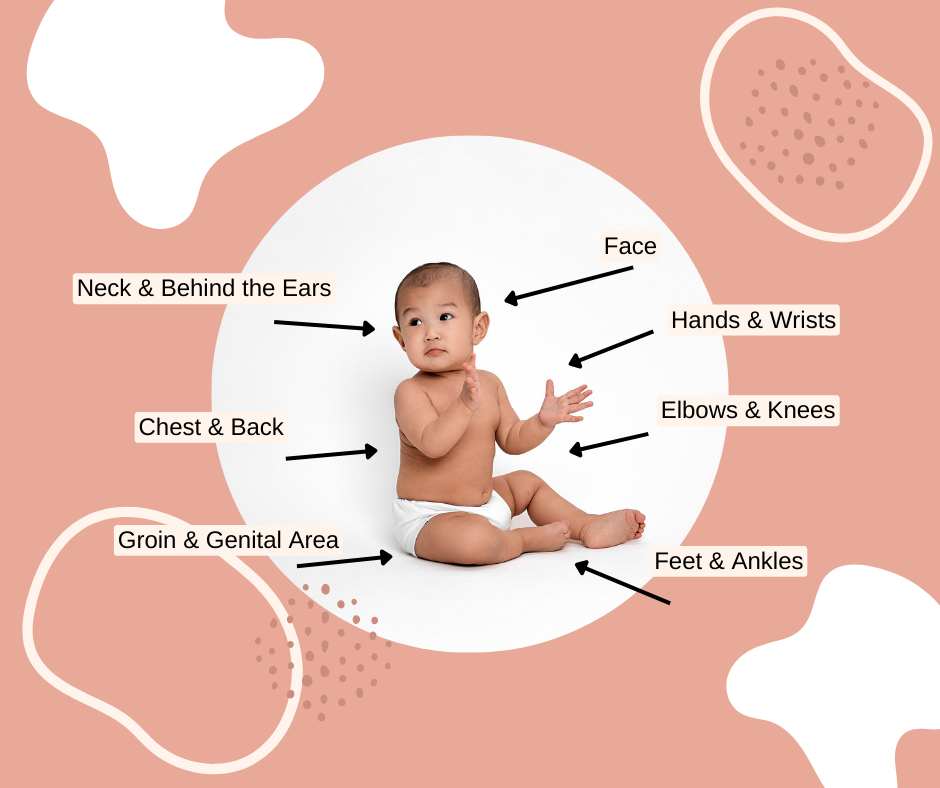Is It Eczema? Common Places Eczema Appears
Introduction
Eczema, also known as atopic dermatitis, is a common skin condition that can affect people of all ages, especially children. It appears as red, itchy, and inflamed skin, and its appearance can vary from person to person. In this blog, we'll explore the common areas where eczema appears on a child's body, so parents and caregivers can spot it and provide relief for their little ones.
Face
One of the most frequent areas for eczema to appear in children is on the face. It often starts on the cheeks and may also pop up on the forehead, chin, and around the mouth. Eczema on the face can be hard for children because it's so visible and can invite comments from others. It can also cause discomfort when eating.
Cradle cap is different from eczema, though it usually appears as scaly patches on a baby’s scalp. It will usually go away between 6 and 12 months of age. Unlike eczema, it doesn't usually cause itching or pain. Babies that have a lot of cradle cap may go on to develop eczema so keep an eye on it. Here’s how to tell the difference!
Hands and Wrists
The hands and wrists are another common site for eczema in children. Irritation from frequent handwashing or exposure to allergens can lead to eczema flare-ups in these areas. Children may experience dry, itchy, and cracked skin on their hands and wrists.
Elbows and Knees
Eczema often appears on the bends of the elbows and knees. The skin in these areas is thinner and more prone to irritation, making it susceptible to eczema flare-ups. The skin may become red, scaly, and itchy.
Neck and Behind the Ears
The neck and the area behind the ears can also be affected by eczema in children. Sweat, moisture, and tight clothing in these regions can exacerbate eczema symptoms. Parents should pay attention to these areas, especially during hot and humid weather.
Chest and Back
Eczema can appear on the chest and back, though it's less common in these areas than on the face, hands, and joints. Children may develop red, itchy patches on their chest and upper back.
Groin and Genital Area
In some cases, eczema may affect the groin and genital area of children. This can be particularly uncomfortable for kids, and parents should take care to keep the area clean and dry to prevent further irritation.
Feet and Ankles
The feet and ankles are susceptible to eczema, especially in children who wear socks and shoes for extended periods. Sweating and friction can contribute to eczema in these areas.
Other Areas
Eczema is not limited to these common areas and can potentially appear anywhere on a child's body. It's essential for parents and caregivers to be vigilant and monitor their child's skin for any signs of eczema.
This explainer video from the American Academy of Pediatrics may help you identify eczema-prone areas, too.
Want to read more blogs like this one? Subscribe to our newsletter to stay in the loop!
Are you a parent looking to connect with others on the eczema journey? Sign up for our free caregiver support program today.
Like what we do? Considering donating to GPER. :)


